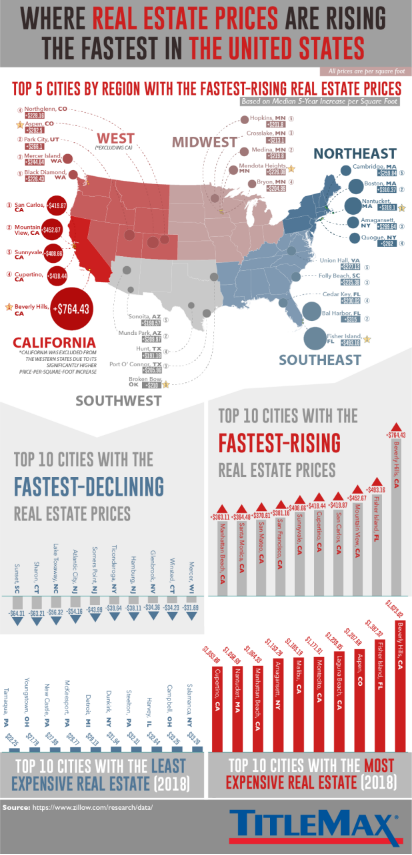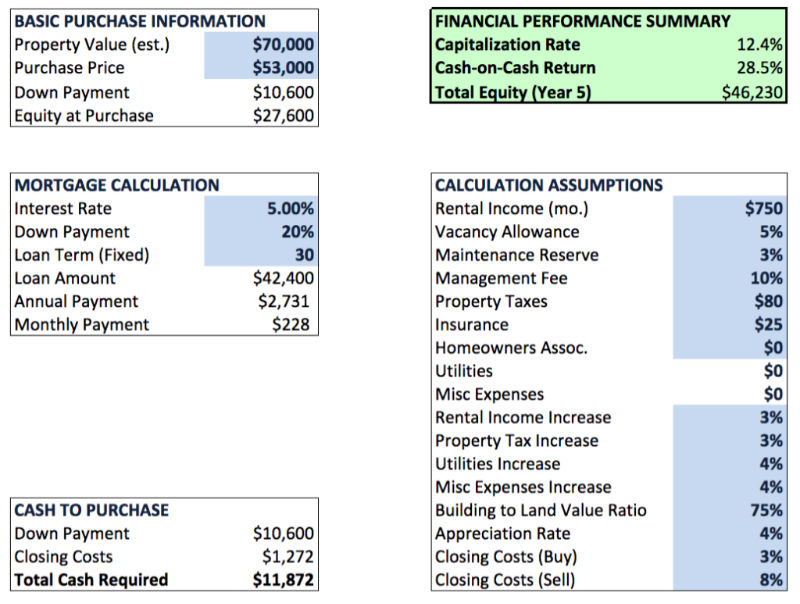Análisis de mercados e inversiones inmobiliarias
Objetivos clave de aprendizaje:
Introducción: Desarrollar una comprensión integral de los procesos y metodologías involucradas en el análisis de los mercados inmobiliarios y las oportunidades específicas de inversión inmobiliaria. Estos conocimientos permitirán a los inversores tomar decisiones basadas en datos y optimizar los rendimientos potenciales de sus inversiones.
- Comprender la importancia de los indicadores económicos locales, las tendencias demográficas, la dinámica de la oferta y la demanda, los ciclos del mercado, los segmentos del mercado y las políticas gubernamentales para comprender la dinámica más amplia del mercado inmobiliario.
- Reconocer el papel vital del análisis de propiedades, el análisis financiero, los comparables de mercado, la evaluación de riesgos y las estrategias de salida en la evaluación de inversiones inmobiliarias individuales.
- Apreciar los beneficios de integrar tecnología y herramientas tradicionales en el proceso de análisis de mercados e inversiones inmobiliarias.
In this section, we will discuss the steps involved in analyzing real estate markets and evaluating individual real estate investments. By understanding these processes, investors can make informed decisions and maximize the potential returns on their investments.
A. Analyzing Real Estate Markets

Descripción: This infographic provides an insightful glimpse into “A Typical Day as a Real Estate Agent.” It details various daily tasks such as creating marketing plans for new listings, researching active, pending, and sold listings, coordinating inspections and open houses, completing, submitting, and filing documents, maintaining and managing client databases, updating websites and social media accounts, and meeting with buyers or sellers to discuss listings. This information is particularly useful for those considering a career in real estate or clients looking to understand the comprehensive role of their agent.
Fuente: Infografía personalizada
- Research Local Economic Indicators: Study the local economy, including employment rates, GDP growth, and industry trends. A strong local economy with growing industries and low unemployment rates typically supports a healthy real estate market.
- Examine Demographic Trends: Analyze population growth, age distribution, and migration patterns in the area. Population growth and an influx of new residents can increase demand for housing, while an aging population might suggest a need for specific types of real estate, such as senior housing.
- Assess Supply and Demand: Investigate the current inventory of properties and the level of buyer interest. High demand and low supply can lead to rising prices, while low demand and high supply may result in falling prices.
- Study Market Cycles: Real estate markets tend to move in cycles, with periods of growth, stability, and decline. Understanding where the market is in its cycle can help you make better investment decisions.
- Analizar segmentos de mercado: Different property types and neighborhoods may perform differently within the same market. Examine the performance of various market segments to identify potential opportunities and risks.
- Monitorear las políticas y regulaciones gubernamentales: Keep an eye on changes in local government policies and regulations, such as zoning laws and tax policies, which can impact real estate markets.

Título de la figura: Regions with the Fastest Rising Real Estate Prices in the United States
Fuente: Capitalista visual
Descripción: The image showcases a map of the United States, pinpointing regions or cities where real estate prices are surging the most rapidly. Different color codes or gradients could be used to indicate the intensity of price hikes, with accompanying legends or annotations providing clarity. The map is designed to offer viewers a clear geographical understanding of where real estate is becoming more expensive and potentially indicates areas of high demand or limited supply.
Conclusiones clave:
- Geographical Variation: The map reveals that real estate price surges are not uniform across the country, with certain regions experiencing sharper increases.
- Intensity Indicators: Color gradients or codes help viewers instantly recognize areas with the most significant price jumps.
- Potential Hotspots: The map might pinpoint certain cities or regions as emerging hotspots for real estate investments or increased housing demand.
- Contextual Factors: Annotations could provide insights into specific factors driving price hikes in particular areas, such as tech booms, infrastructural developments, or population influxes.
Solicitud: For real estate investors, developers, or even potential homeowners, understanding regional price trends is vital. The map offers a snapshot of the current real estate landscape, enabling stakeholders to strategize investments, anticipate market movements, or identify potential areas for development. Furthermore, recognizing regions with rapid price appreciation can also aid in understanding broader economic or demographic trends affecting the real estate market.
B. Analyzing a Real Estate Investment

Título de la figura: Analyzing Real Estate Investments: Architect with Digital Tablet
Fuente: iStock
- Análisis de propiedad: Inspect the property thoroughly, considering factors such as location, size, age, and condition. Analyze the property’s potential for appreciation, rental income, and overall desirability.
- Análisis financiero: Calculate the potential return on investment (ROI) by estimating the property’s income, expenses, and financing costs. Key financial metrics to consider include cash flow, capitalization rate, and cash-on-cash return.
- Comparables del mercado: Compare the property to similar properties in the area to determine its fair market value. Look at recent sales and rental data for comparable properties to ensure you are paying a fair price for the investment.
- Evaluación de riesgos: Identify potential risks associated with the investment, such as market fluctuations, vacancy rates, and property management challenges. Develop strategies to mitigate these risks.
- Exit Strategy: Consider your exit strategy before investing in a property. Determine whether you plan to hold the property long-term, sell it after a certain period, or refinance it to access equity. Having a clear exit strategy can help you make better investment decisions and maximize returns.
By thoroughly analyzing both the real estate market and individual investment opportunities, investors can make well-informed decisions that align with their investment goals and risk tolerance. This comprehensive approach can help maximize potential returns and minimize risks associated with real estate investing.

Título de la figura: Comprehensive Financial Spreadsheet Overview
Fuente: Finomad
Descripción: The image showcases a detailed financial spreadsheet, complete with multiple columns, rows, and data entry points. The spreadsheet appears to be a tool for tracking, managing, or analyzing financial data, with various sections dedicated to expenses, incomes, savings, investments, or other financial metrics. The organized layout, color-coded cells, and systematic data presentation emphasize the precision and methodical approach required in financial planning or analysis.
Conclusiones clave:
- Organized Layout: The spreadsheet’s structured format ensures ease of navigation and clarity in data interpretation.
- Diverse Financial Metrics: Various sections or columns could cater to different financial elements, ensuring a holistic view of one’s financial landscape.
- Color-coded Cells: The use of color codes can indicate different financial statuses, priorities, or alerts, offering a visual cue for quicker insights.
- Detailed Tracking: The comprehensive nature of the spreadsheet suggests the importance of meticulous tracking and management of financial data for effective decision-making.
Solicitud: Financial spreadsheets like the one depicted play a vital role in personal and business finance management. For individuals, entrepreneurs, or financial professionals, such tools assist in tracking monetary inflows and outflows, setting budgets, forecasting financial trends, and ensuring financial health. By maintaining detailed financial records, stakeholders can make informed decisions, identify financial strengths and weaknesses, and strategize future financial goals or adjustments.

Título de la figura: Analytical Breakdown of Investment Real Estate
Fuente: Cody A. Ray
Descripción: The snapshot presents an analytical tool or software interface focused on evaluating investment real estate. It likely displays a variety of data entry fields, graphs, charts, or matrices, providing users with insights into property values, projected returns, expenses, and other critical financial metrics associated with real estate investments. The layout is organized to ensure that users can easily input data, analyze results, and make informed investment decisions.
Conclusiones clave:
- User-Friendly Interface: The software or tool is designed for ease of use, with clearly labeled fields, buttons, or sections for efficient navigation.
- Comprehensive Analysis: The tool offers a detailed analysis of various aspects of real estate investment, from property acquisition costs to potential rental incomes and projected returns.
- Visual Representations: Graphs, charts, or other visual elements could be integrated to provide a quick overview of financial metrics or trends.
- Dynamic Adjustments: Users might have the flexibility to adjust input data and instantly view changes in projections or outcomes, aiding in scenario analysis.
Solicitud: Tools like the one depicted are invaluable for real estate investors, agents, or analysts. They streamline the process of evaluating potential property investments, assessing profitability, understanding expenses, and forecasting long-term returns. Whether for seasoned investors or novices, such software or tools can significantly enhance decision-making processes, allowing stakeholders to optimize their investments, mitigate risks, and ensure sustainable returns from real estate ventures.
Conclusiones clave:
Frase de cierre: Un análisis exhaustivo y meticuloso es la piedra angular de una inversión inmobiliaria exitosa. Al combinar conocimientos del mercado con evaluaciones de propiedades individuales, los inversores pueden lograr un enfoque equilibrado, asegurando que alineen sus decisiones con sus objetivos de inversión y su apetito por el riesgo.
- La dinámica del mercado inmobiliario está influenciada por una gran cantidad de factores, en los que los indicadores económicos locales, las tendencias demográficas y las políticas gubernamentales desempeñan papeles cruciales.
- La evaluación individual de las inversiones inmobiliarias requiere un enfoque multifacético, que abarque características específicas de la propiedad, proyecciones financieras, análisis comparativos, evaluaciones de riesgos y estrategias de salida claras.
- Las herramientas modernas, como el software analítico y las plataformas digitales, junto con las metodologías tradicionales, mejoran la precisión y la eficiencia del análisis inmobiliario. Esta convergencia de técnicas permite a los inversores visualizar, ajustar y finalizar sus planes de inversión de forma eficaz.
- Los conocimientos geográficos, tal como se presentan en ayudas visuales como mapas, pueden ser fundamentales para que los inversores distingan los puntos críticos emergentes y comprendan las tendencias de precios regionales.
- Las herramientas financieras, como las hojas de cálculo y el software analítico, agilizan el proceso de seguimiento, previsión y toma de decisiones financieras y, en última instancia, promueven estrategias de inversión sólidas.

